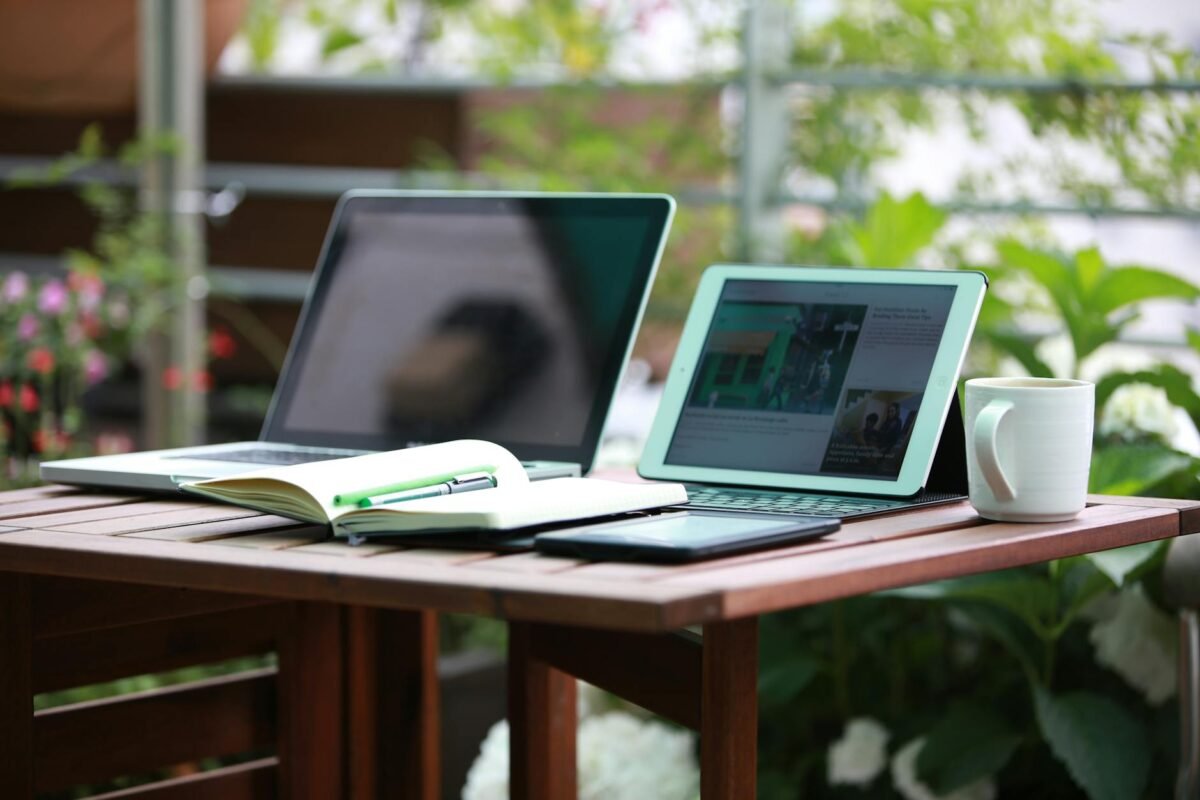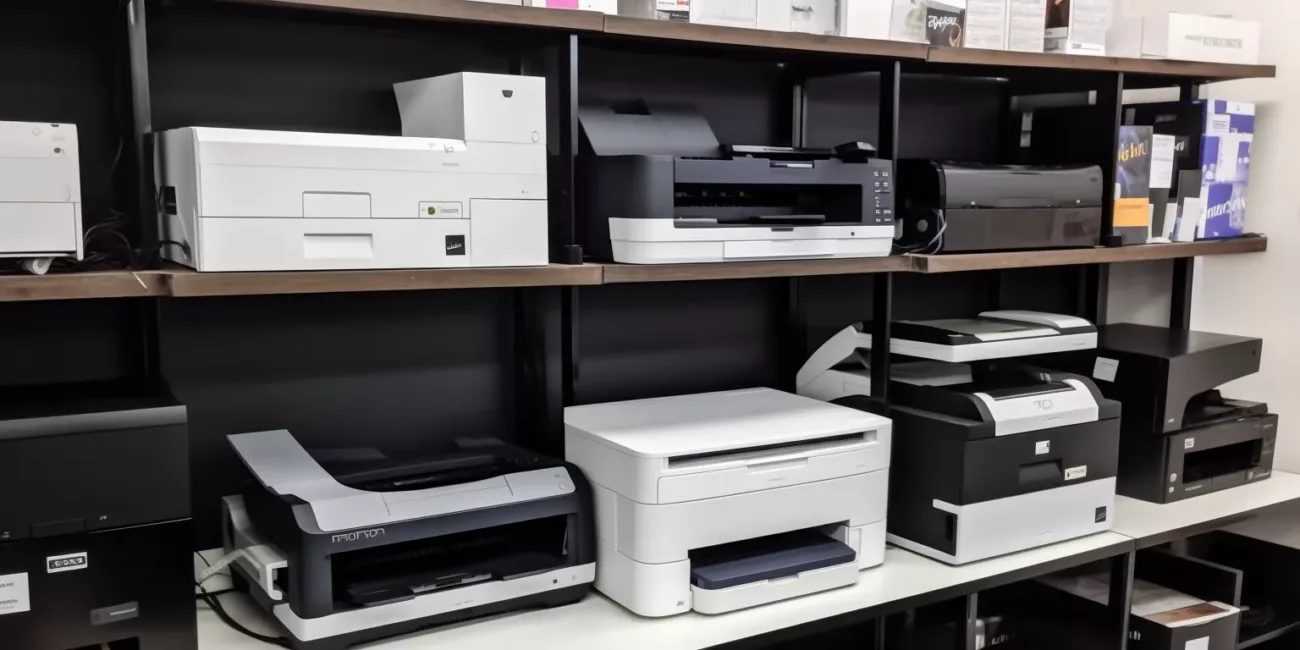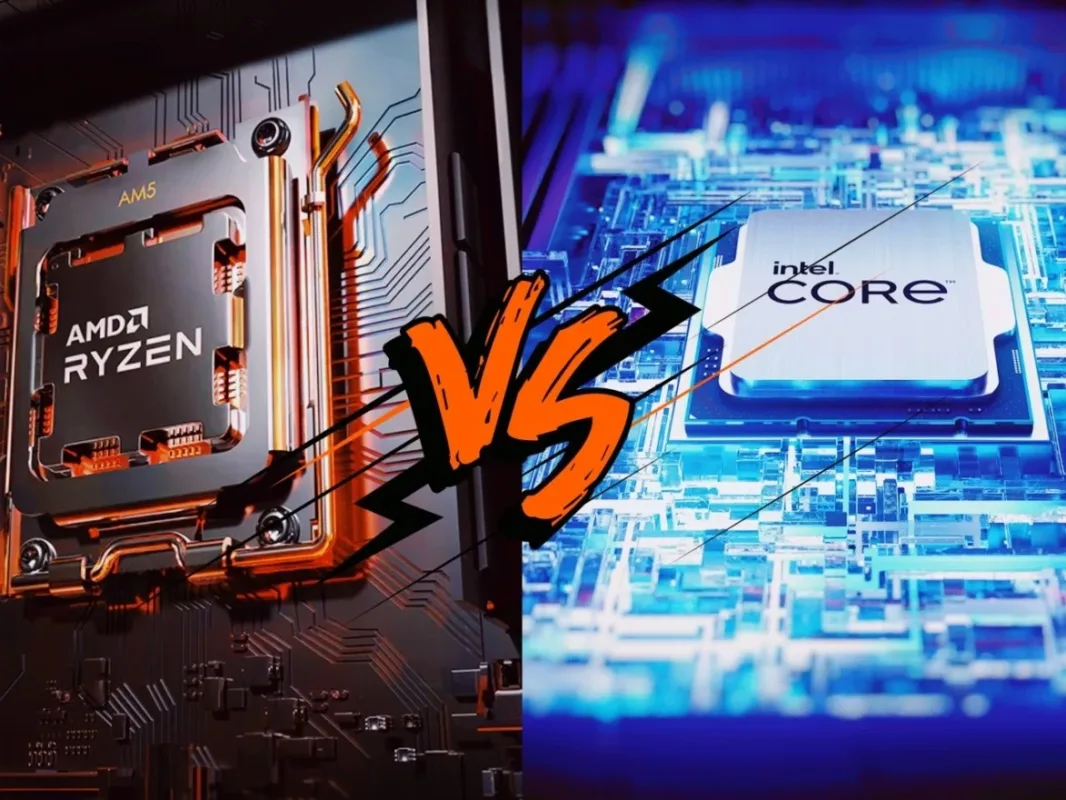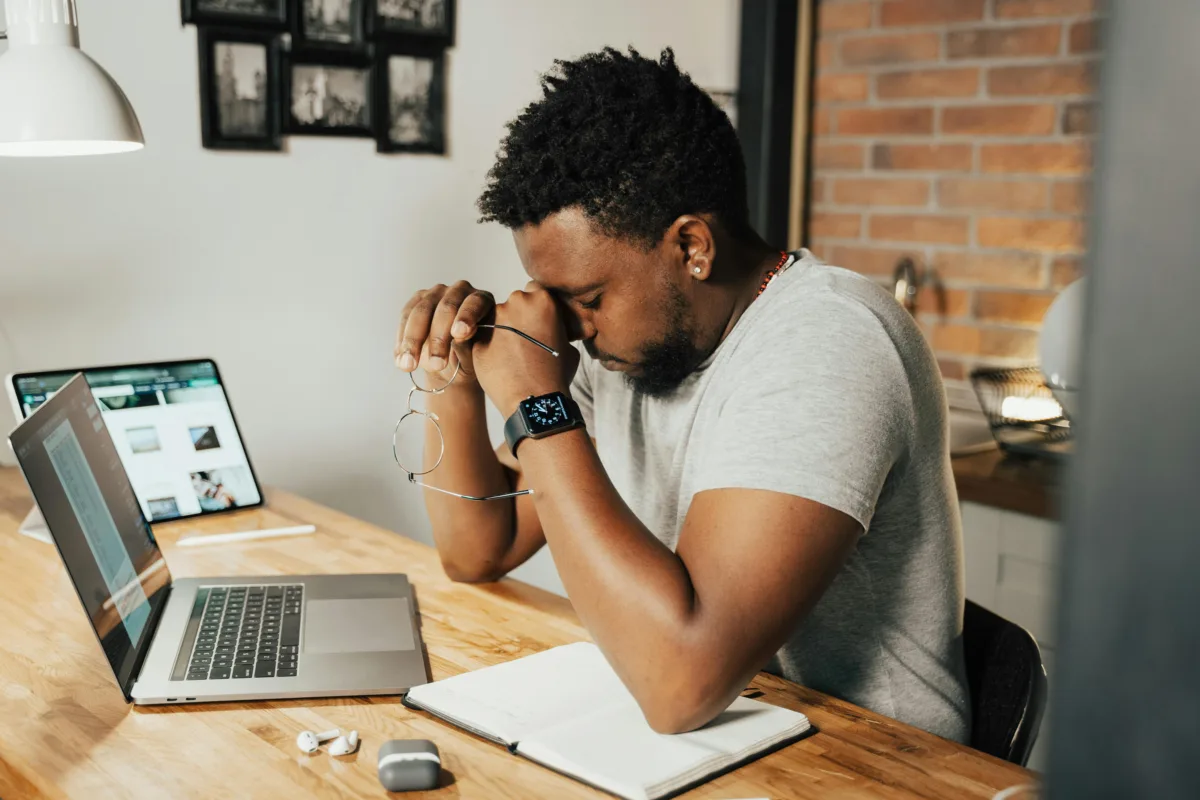Choosing the Perfect Laptop – A Comprehensive Buyer’s Guide.
QUESTIONS TO ASK YOURSELF
- What should I look for when buying a laptop?
- How much RAM is best for a laptop?
- What are the factors to consider when buying a laptop?
- What are the specs for a good laptop?
1. Define Your Purpose:
Before diving into the sea of laptops, identify your primary use. Are you a creative professional in need of high-performance specs for graphic design and video editing, or are you a student seeking a portable device for note-taking and research? Understanding your purpose will guide your decision-making process.
2. Performance Matters:
The heart of any laptop is its processor. For demanding tasks, such as gaming or content creation, opt for a laptop with a powerful CPU like an Intel Core i7 or AMD Ryzen 7. RAM is crucial too – aim for at least 8GB for smooth multitasking.
3. Storage Options:
Consider your storage needs. If you deal with large files or enjoy a vast media library, go for a laptop with ample storage space. Solid State Drives (SSD) are faster than traditional Hard Disk Drives (HDD) and contribute to quicker boot times and application launches.
4. Portability vs. Screen Size:
Assess how often you’ll be on the move. If portability is key, opt for a lightweight and compact laptop with a smaller screen size. However, if your work involves extensive multitasking or detailed design work, a larger screen may be more suitable.
5. Battery Life:
The last thing you want is to be tethered to a power outlet. Check the laptop’s battery life, especially if you plan on using it for extended periods without access to charging. A laptop with at least 8 hours of battery life is generally considered good for on-the-go productivity.
6. Graphics Capabilities:
Gamers and multimedia enthusiasts should pay attention to the laptop’s graphics card. Dedicated GPUs from NVIDIA or AMD provide superior performance for gaming and graphic-intensive applications.
7. Build Quality and Design:
A laptop is an investment, so make sure it’s built to last. Consider the material, keyboard quality, and overall design. A backlit keyboard can be a valuable addition for those who work in low-light environments.
8. Connectivity Options:
Assess the available ports and connectivity options. USB-C, Thunderbolt, HDMI, and SD card slots can all play crucial roles depending on your needs. Ensure the laptop supports the peripherals you plan to use.
9. Operating System Preference:
Your comfort with a specific operating system is a significant factor. Whether you prefer Windows, macOS, or Linux, choose a laptop that aligns with your operating system preference.
10. Budget Considerations:
Set a realistic budget and stick to it. Fortunately, there are laptops available for various price ranges, so you can find a balance between performance and affordability.













